Explosive ordnance
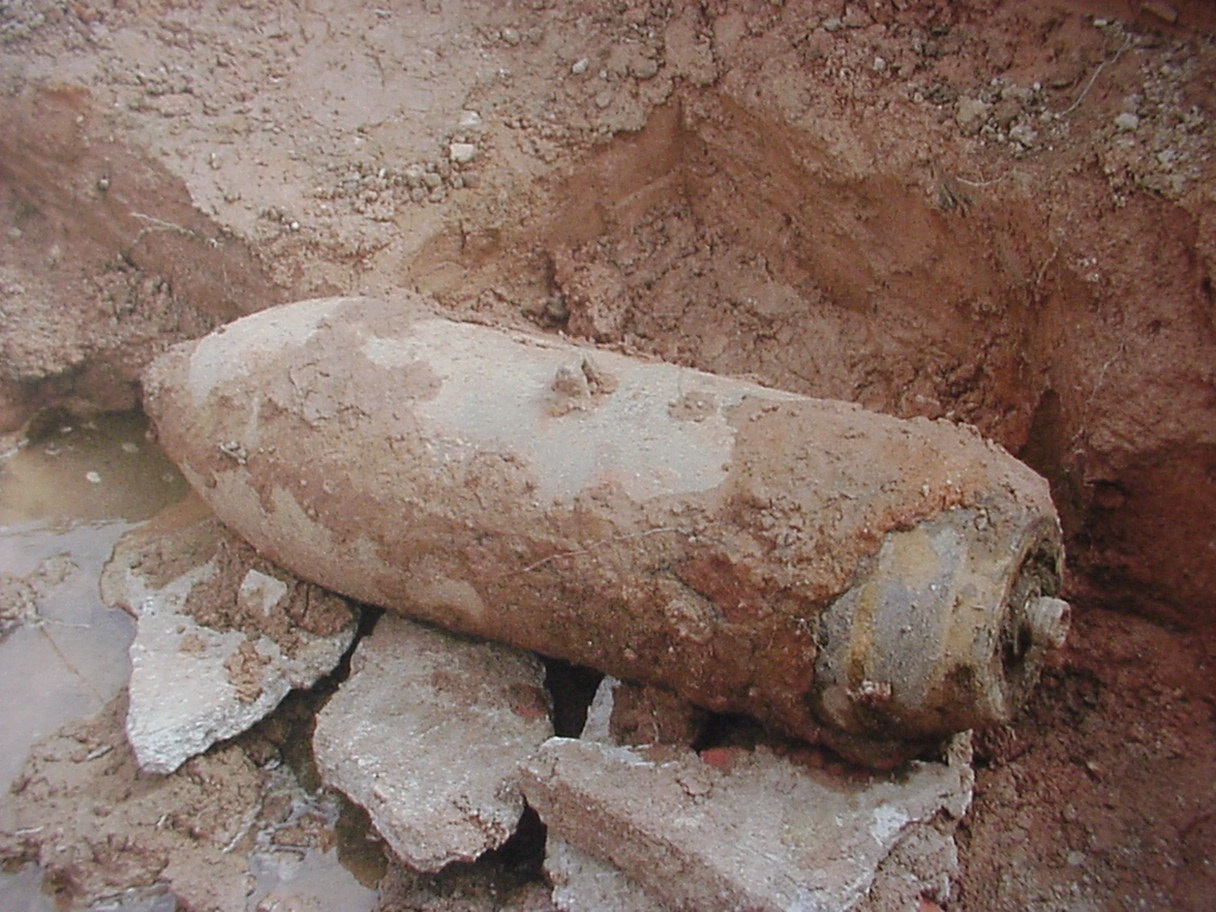
Protecting the population from dangers posed by explosive ordnance is a hazard prevention task within the meaning of the Lower Saxony Law on Public Safety and Order (Nds. SOG), which is the responsibility of the local authorities. The state of Lower Saxony supports the local authorities in this task by setting up the Hameln-Hanover Regional Directorate for Explosive Ordnance Disposal at the Lower Saxony State Office for Geoinformation and Land Surveying (LGLN) for this purpose. The Explosive Ordnance Disposal Service (KBD) acts on behalf of the towns, districts and municipalities as part of the administrative assistance in the investigation, recovery and disposal of explosive ordnance.
Developers who wish to build on or otherwise use a property are responsible for the safety of the site with regard to explosive ordnance.
General information on the subject of explosive ordnance and explosive ordnance disposal in connection with building projects within the city area can be obtained from
Ms. Hoppe
Town Hall B - Room B011
Porschestrasse 49
Telephone 05361 28-1743
E-mail: kathleen.hoppe@stadt.wolfsburg.de
Public Order Office
General hazard prevention 01-21
-
I have found explosive ordnance - what now?
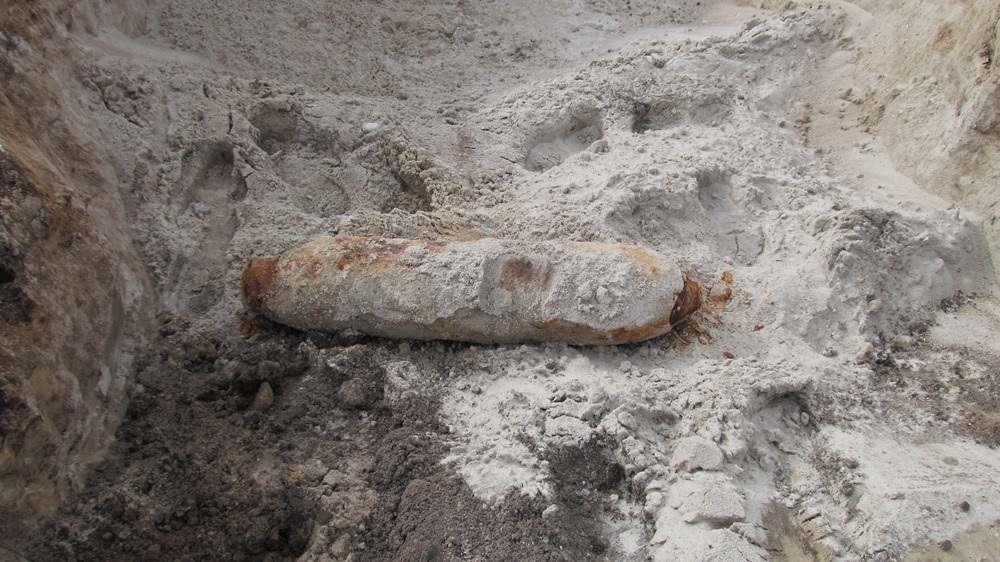 A grenade
A grenadeIMMEDIATELY
If you, as a property owner, find explosive ordnance on your property, you must report this.
Explosive ordnance includes all munitions intended for warfare, in particular bombs, mines, grenades, explosives and detonators.
Explosive ordnance is often unrecognizable as such. Many are rusted beyond recognition or resemble commercially available objects in appearance.
The duty to report also applies to walkers who find munitions.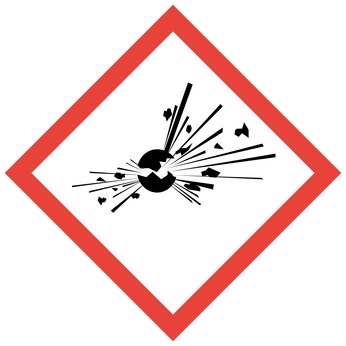 Note sign explosionPhoto: T.Michel/Fotolia.com
Note sign explosionPhoto: T.Michel/Fotolia.comAttention - danger to life!
Please do not pick up the ammunition or leave it where you find it!
The city of Wolfsburg is responsible for this.
You can reach the public order office by calling 115 or 05361 28-1234
OR: You can call the Wolfsburg police on 110 or 05361 4646-0.
OR: You can contact the Lower Saxony Explosive Ordnance Disposal Service on 0511 30245-500 (also outside opening hours). -
Questions and answers about bomb disposal
Why do unexploded ordnance have to be cleared?
As a result of the bombing during the Second World War, unexploded bombs of various types and sizes lie hidden in the ground throughout Germany, especially in many large cities. During reconstruction, many unexploded bombs were not properly removed.
Detonators that did not trigger when the bombs were dropped can still be activated today, more than 70 years after they were dropped, and therefore represent a major potential hazard. Due to corrosion, the detonators are difficult to assess and can trigger uncontrollably at a later date.Why does the evacuation radius have to be so large?
Experience from bomb disposal and explosions shows that parts of unexploded bombs have caused damage even at great distances and therefore pose a danger to people.Why are last-minute evacuation cancellations more common?
The question has often been raised as to why evacuations are planned and then canceled on the last day before the date because the sites turned out to be harmless.
For safety reasons, detailed investigations of suspected sites, which often require extensive preparatory work such as lowering the groundwater level, can only take place close to the planned defusing date. If, in the course of this further exploratory work shortly before the defusing date, it turns out that the suspected site previously discovered by the aerial photograph and examined with measuring equipment only contains building rubble, for example, the all-clear can be given.
How costly are such evacuations?
The time, planning and work involved in evacuating parts of a city is considerable.
All the threads come together in the city's public order office. At the same time, the evacuation radius is determined here in coordination with the Explosive Ordnance Disposal Service and the individual evacuation zones are then divided up.
On the day of the evacuation, several hundred emergency personnel from the volunteer fire department, the professional fire department, municipal departments, aid organizations and the police are usually deployed to ensure that everything runs smoothly and to support the explosive ordnance disposal service. -
Explosive Ordnance Disposal Service of Lower Saxony (KBD)
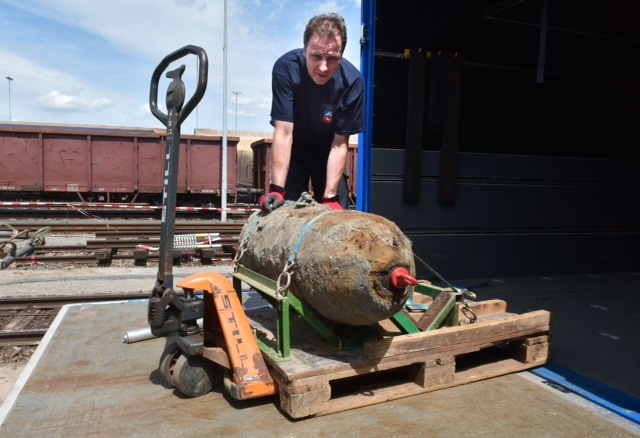 Loading of a recovered aerial bombPhoto: Lars Landmann
Loading of a recovered aerial bombPhoto: Lars LandmannAddress:
State Office for Geoinformation and Surveying of Lower Saxony (LGLN)
Regional Directorate Hameln-Hanover
-Explosive Ordnance Disposal Service
Dorfstraße 19
30519 HanoverOpening hours:
Monday - Thursday from 09:00 - 15:30
Friday and before public holidays from 09:00 - 12:00
Headquarters:
Telephone: 0511 30245-500 (also outside opening hours)
E-mail: kbd-einsatz@lgln.niedersachsen.de
Note: The application for an aerial photo evaluation of the property at the KBD is subject to a fee!
-
Explosive Ordnance Specialists
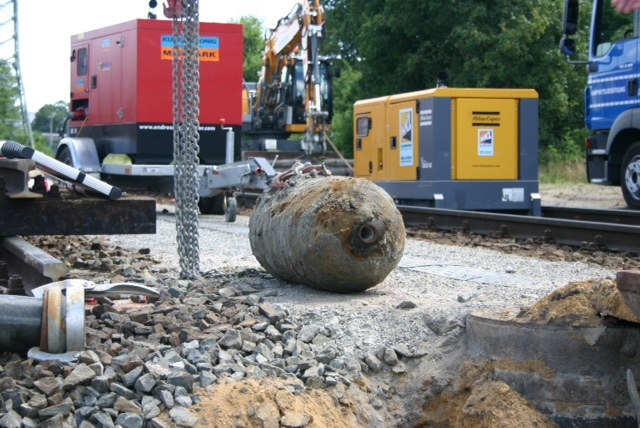
An overview of specialist explosive ordnance disposal companies can be found on the linked website of GKD-Kampfmittelräumung
Here you will find a list of companies/members of the "Güteschutzgemeinschaft Kampfmittelräumung Deutschland e.V."
- Leaflet on explosive ordnance-free construction
